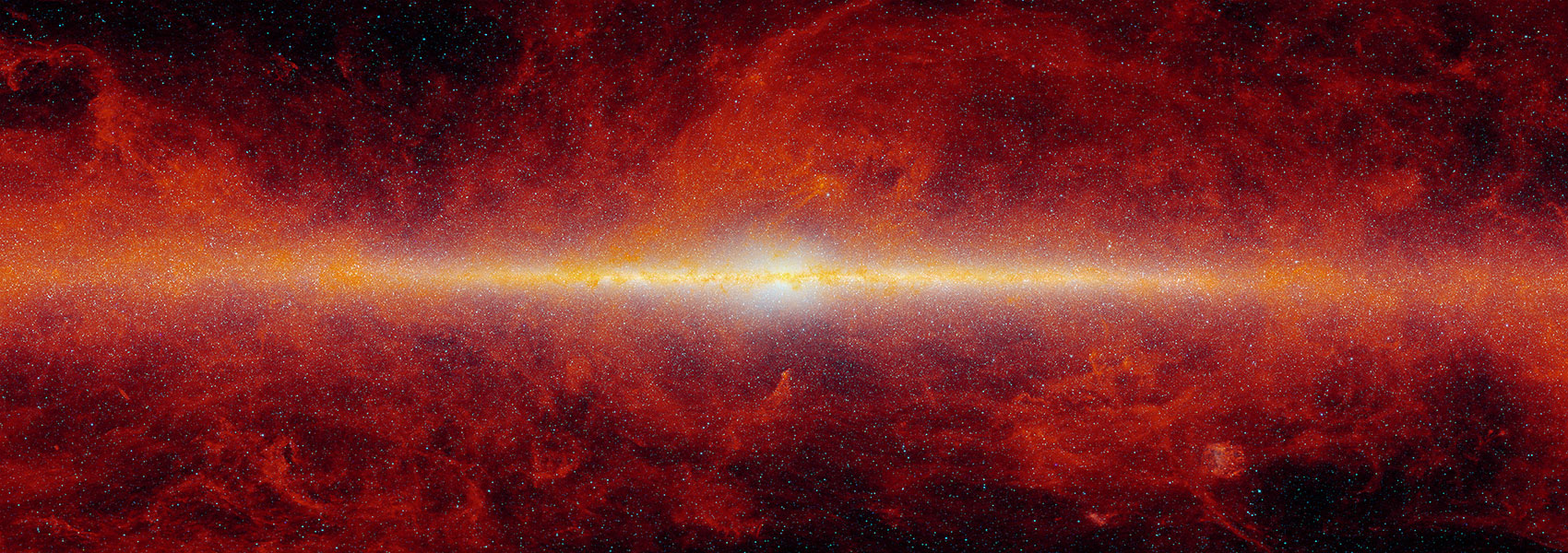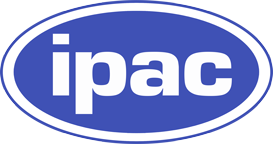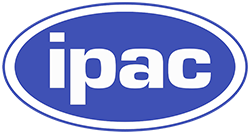
The BoRG-JWST Survey: Abundance and Mass-to-light Ratio of Luminous z = 7–9 Galaxies from Independent Sight Lines with NIRSpec
May 2025 • 2025ApJ...985...80R
Abstract
•
We present new results on the rest-frame UV luminosity function (UVLF) and stellar mass-to-light (M/L) ratio of bright (MUV ≲ ‑20 mag) spectroscopically confirmed galaxies at z = 7–9 derived from the BoRG-JWST survey, a unique data set of NIRSpec prism follow-up of Hubble Space Telescope (HST)–selected sources from random-pointing imaging. By selecting galaxies from over 300 independent sight lines, the survey minimizes cosmic variance, ensuring a statistically robust sample of the bright-galaxy population during the epoch of reionization. The data are used to constrain, for the first time, the bright end of the UVLF at z = 7–9 from spectroscopically confirmed galaxies over eight independent fields. We find that the bright end of the UVLF is higher than found using imaging over JWST legacy fields, suggesting that the latter may be significantly affected by cosmic variance, and thus reducing the tension with recent findings from JWST at z > 10 and comparable to models invoking little dust attenuation and bursty star formation. Additionally, we use the galaxies' JWST spectra to infer their stellar masses and M/L ratios relative to other HST and JWST studies. We show that the stellar mass scales almost linearly with UV luminosity (M
Links
- PREPRINT http://arxiv.org/abs/2408.00843
- NED https://ned.ipac.caltech.edu/uri/NED::InRefcode/2025ApJ...985...80R
- ELECTR https://doi.org/10.3847/1538-4357/adc67d
- SIMBAD https://simbad.u-strasbg.fr/simbad/sim-ref?querymethod=bib&simbo=on&submit=submit+bibcode&bibcode=2025ApJ...985...80R
- PDF https://iopscience.iop.org/article/10.3847/1538-4357/adc67d/pdf
- DATA https://archive.stsci.edu/mastbibref.php?bibcode=2025ApJ...985...80R
- DATA https://archive.stsci.edu/mastbibref.php?bibcode=2025ApJ...985...80R



